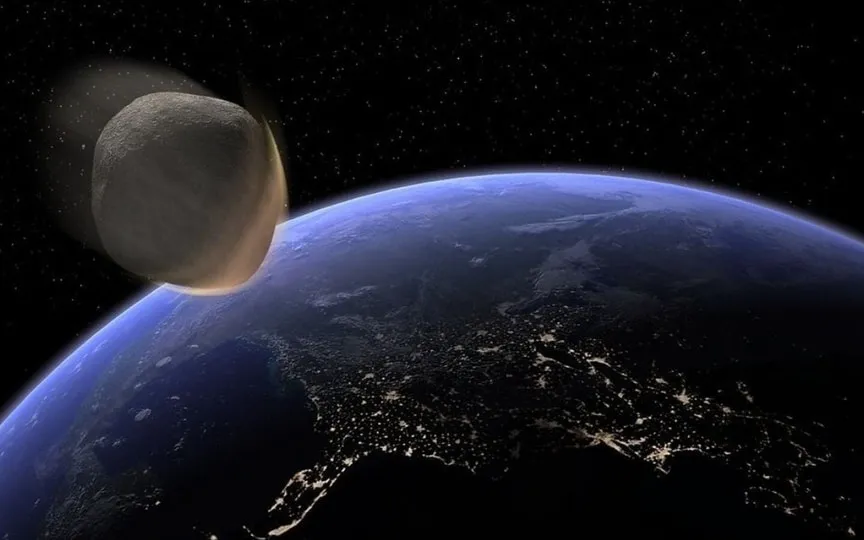Asteroid Alert: 91-foot Space Rock to Zoom Past Earth at 2.4 Million Kilometers!
NASA’s Lucy spacecraft successfully completed a flyby of its inaugural asteroid, Dinkinesh, on November 1. During the close encounter, the spacecraft made an astonishing revelation – the Dinkinesh asteroid possesses a diminutive satellite in orbit around it. However, the intrigue does not end there. Upon thorough analysis of the data transmitted by Lucy, scientists have unveiled that the satellite is not a single entity, but rather a close binary consisting of two smaller objects in contact with each other.
In a separate development, NASA has revealed an asteroid that is set to make its closest approach to Earth today.
Asteroid 2023 VC
As many as 1298148 asteroids have been discovered so far, and Asteroid 2023 VC is one of them. This space rock has been named Asteroid 2023 VC by NASA’s Center for Near-Earth Object Studies (CNEOS) and will make a close pass by Earth today, November 9. As it approaches, it comes within 2.4 million kilometers of the planet’s surface. It rushes towards the Earth at a dizzying speed of 34727 kilometers per hour!
According to NASA, this asteroid is not large enough to be classified as a potentially hazardous object. A celestial body must be at least 492 feet wide and pass Earth at a distance of less than 7.5 million kilometers to be considered a potentially hazardous object. Asteroid 2023 VC, on the other hand, is nearly 91 feet wide, making it the size of an airplane.
It belongs to the Apollo group of Near-Earth Asteroids, which are space rocks that pass through the Earth and whose semi-major axes are larger than the Earth’s axis. These asteroids are named after the huge 1862 Apollo asteroid discovered by German astronomer Karl Reinmuth in the 1930s.
Amazingly, this will be the first close-to-Earth transmission in the history of Asteroid 2023 VC. According to NASA, it is not expected to pass by the planet in the near future.
What is NASA’s Lucy mission?
To better understand asteroids and study those outside the asteroid belt, NASA launched its Lucy mission on October 16, 2021, from the Kennedy Space Center in Cape Canaveral, Florida. According to NASA, its purpose is to study Trojans, asteroids that orbit the sun in two groups (or swarms). It is built to search for Trojan asteroids millions of kilometers from Earth. Earlier this year, the Lucy spacecraft discovered the first Trojan asteroid, Dinikinesh, which is about half a kilometer wide.
Although scientists had originally selected 7 asteroid targets for the mission, the discovery of Dinkinesh and its nearby binary satellite has increased this number to 11.




